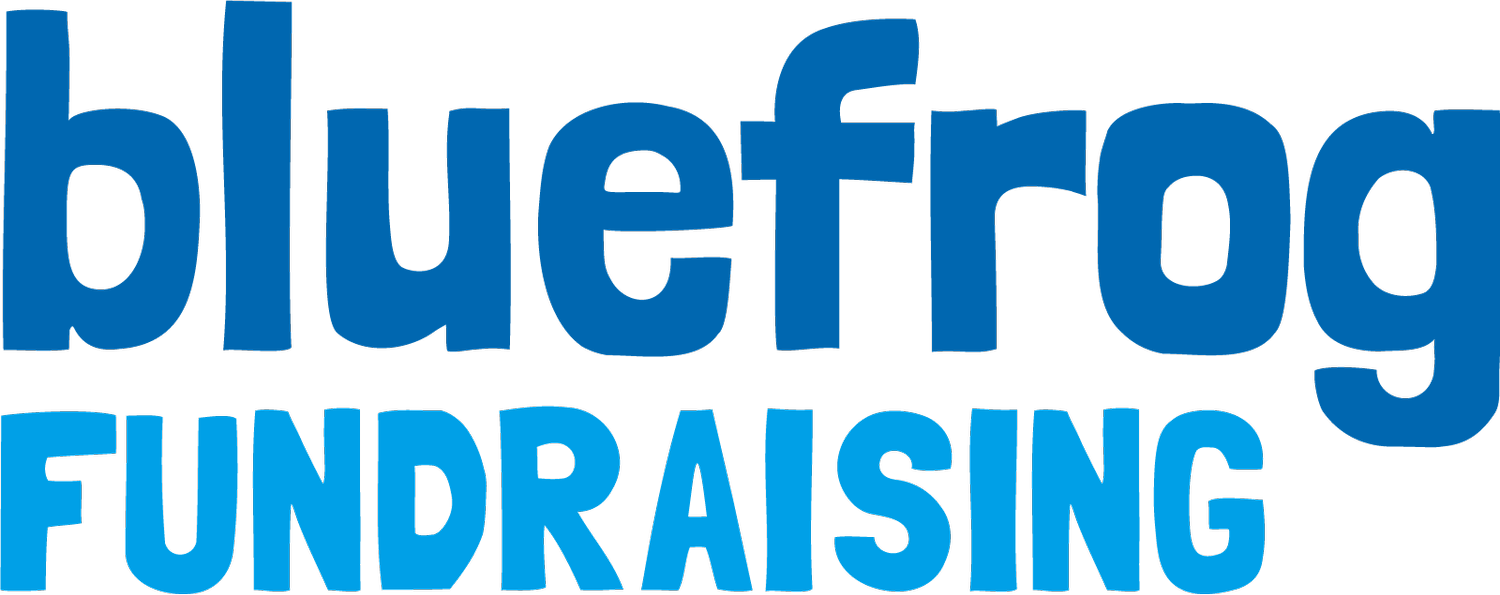
“I think I have been governed by things which have affected the family like cancer because my brother died of cancer when he was very young and leukaemia because a friend’s daughter had that.
You give to ones that have perhaps touched your life at various times and even if it had only a small impact you can still get interested in a particular area.”
Struggling to recruit new supporters?
There isn’t a bottomless pool of donors desperately waiting for a charity to ask them to support their work. As a sector we are over-reliant on a relatively small group of generous people who give the vast majority of the voluntary income that charities depend on.
That means you are in competition with thousands of other fundraisers to attract the most valuable donors to your cause – and to keep them.
It’s relatively easy to get someone to give you a single gift or sign up to a regular gift for a few months – particularly at a time of emergency or when your charity is tackling a problem that’s hit the headlines. But what really matters is understanding how you can recruit donors that keep supporting you through good times and bad right through to a final bequest in a Will.
When we analyse why a charity is struggling to recruit donors or is experiencing high lapse rates, we tend to find the needs of the audience haven’t been fully understood or the approach to recruitment is fundamentally flawed.
Donors have a complex set of need states that influence their giving decisions. Helping solve a specific problem is just one of them. Understanding what need states are and how they influence the giving decision is essential when building an effective fundraising programme.
At Bluefrog, we are constantly speaking to donors to understand them and why they give. Using our insight we’ll help you identify who your key audience is and show you what your potential market penetration could be across traditional and higher-value donors. We can also highlight potential new audiences.
1. To help
People want to tackle the problems that worry them the most. If you have a community that cares about a particular problem such as a specific disease or social issue, then that’s the group that you speak to first. You build your communications about what matters to them and develop an understanding of how they want to confront the cause that concerns them.
But what about expanding your reach to other audiences? Or when you work on general issues such as poverty alleviation where there might not be obvious direct links?
At Bluefrog, we use our donor insight to work with you to refine your offer to ensure we build on the points of connection and relevance that all causes exhibit to bring your charity’s work into rich focus – even when the headlines have faded from view.
2. Combat helplessness
Donors with a direct connection with a particular cause value the control that supporting a charity can offer. But gaining control over any problem can help create a similar positive emotional response when we understand how to use impact and gratitude to build connection.
Though not everyone will identify with a specific causal area, they might identify with the dilemma that someone is facing and that is our starting point to start a relationship.
By offering someone the chance to do something good, to give thanks for their own or their family’s wellbeing or to exercise religious or social conviction we can elevate connection points that bring the work of a charity much closer to home.
3. Personal development
As well as helping to combat feelings of helplessness, giving can be a public way for someone to demonstrate what they believe in. Giving when part of a community of like-minded individuals can be particularly rewarding – creating a feeling of being a valued member of a valued group.
This is where self-definition devices such as badges can be used to develop bonds and give people an opportunity to show which tribe they belong to.
We often find that a donor may not necessarily have a particularly strong need to identify with a specific cause but can value the association with success and the actions of others associated with a particular group or a specific campaign.
4. Value
When we recruit, we need to be aware that a first gift can be a trial or test on the part of a donor. You may have convinced them to give a little, but to move a donor to commitment we need to show the donor the value of their support.
By offering value in terms of evidence that their money has been well used and, perhaps, that their gift is appreciated as an act of solidarity, we create the positive feedback loop that will drive long-term support. When we focus on value, we show the donor that they made the right decision when they gave. The more a donor gives, the more important this need becomes. A simple email might be enough in response to a gift of a few pounds or dollars. But when a gift is hundreds or thousands of pounds or dollars, our approach has to be different.
As fundraisers we need to show a donor the joy of giving. That joining with others to solve a problem is one of the greatest things that any of us can do.
